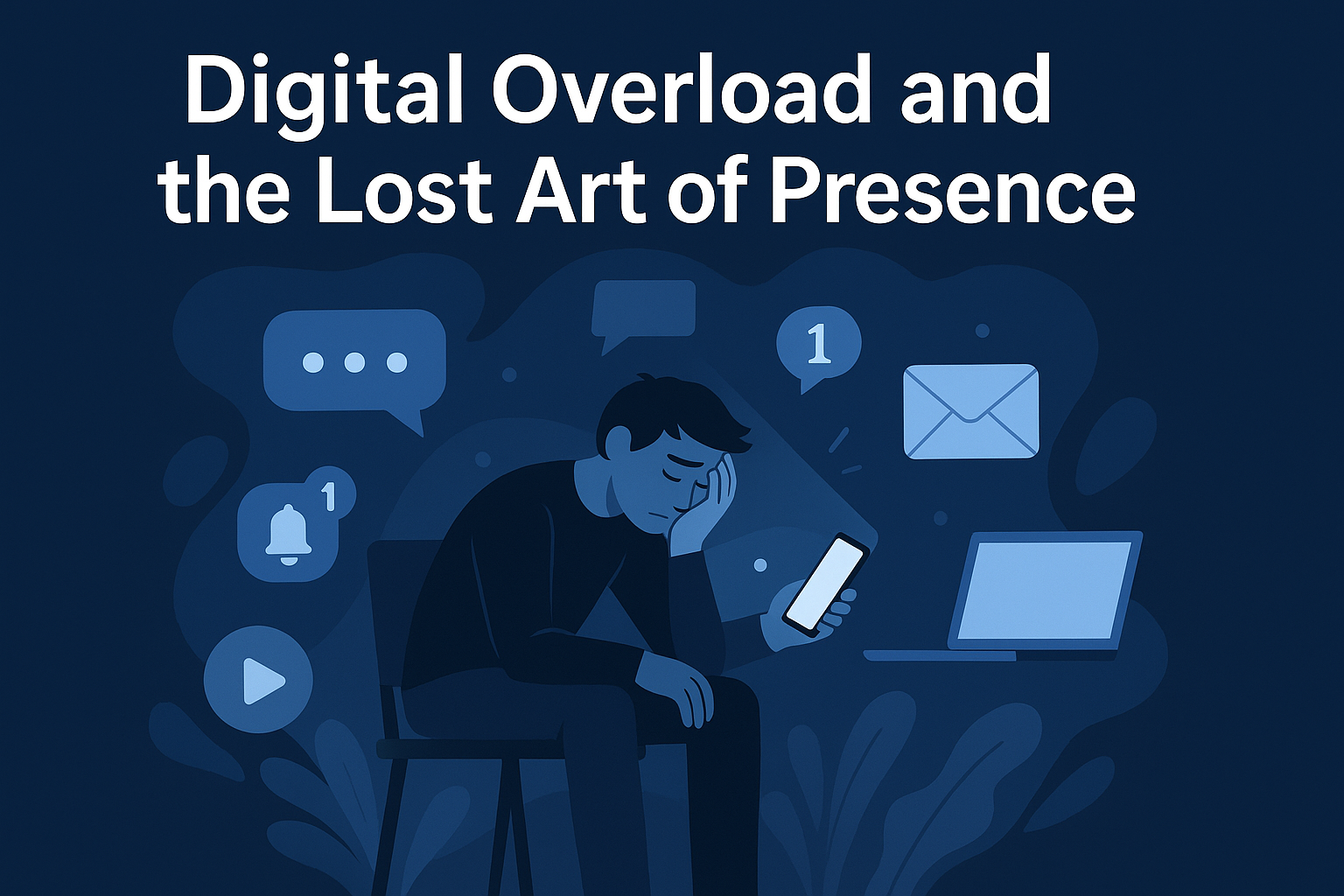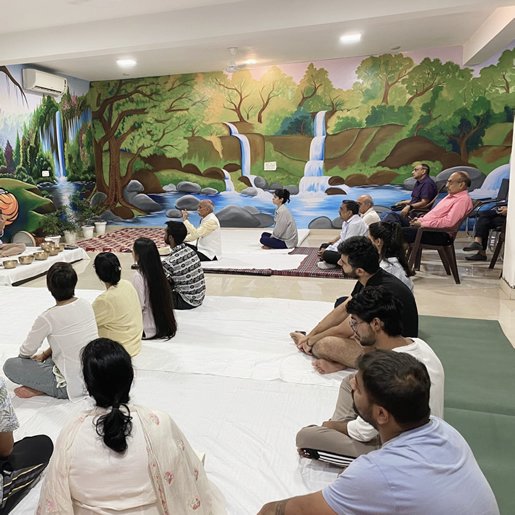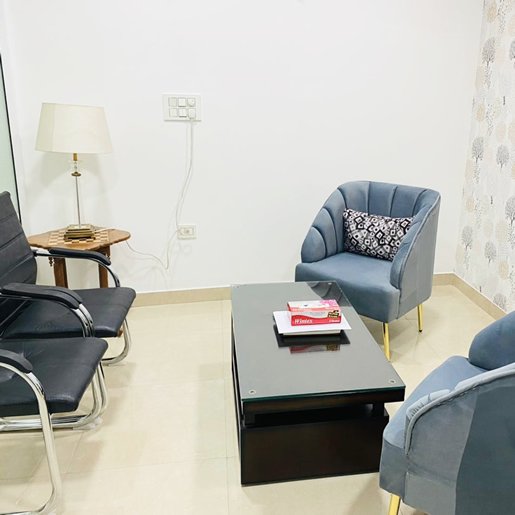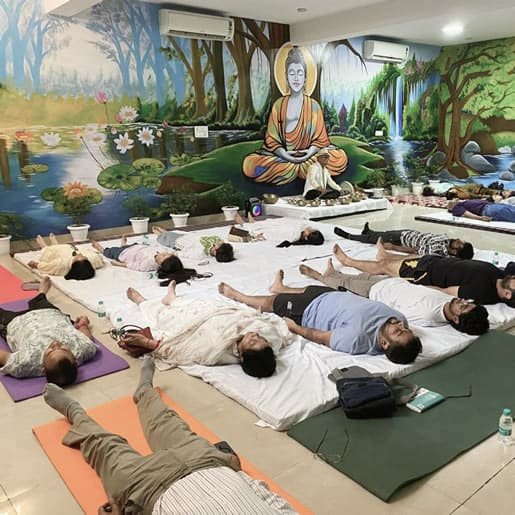Introduction: Anxiety is generally believed to be an inevitable human response to existence. To be is to be anxious. However, many human conditions make this feeling of anxiousness worse. When it escalates beyond our ability to tolerate it, it becomes pathological. From time to time, many philosophers have given their thoughts on anxiety.
In today’s hyper-competitive and highly materialistic world, feeling stressed and anxious is becoming very common. It can sometimes feel like the norm rather than the exception. We think there is a lack of control over the situation. Under those circumstances, we get trapped in incessant negative and anxious thoughts or persistent worrying. It is all in the mind. We often tend to think ’worst case scenario.’ That is how the feeling of anxiety arises. There may not be any clear threat, but there may be a fear of some possibility.
It is a big problem affecting people of all age groups worldwide. In fact, according to the World Health Organization, over 260 million people deal with anxiety disorders! Busy and stressful lives, pressure to succeed, and even social media can all contribute to these anxious feelings.
Welcome to our Mind Therapy guide, where we dive into five straightforward, tried-and-tested tricks to help soothe your anxious thoughts and bring you back to peace and comfort. Whether you are dealing with a fleeting moment of stress or navigating more persistent feelings of anxiety, these strategies are designed to offer relief that’s both effective and accessible.
These strategies are based on mindfulness, cognitive-behavioural techniques, and good old common sense. Let’s briefly unravel them together.
1. Breathe Deeply and Deliberately
It might sound familiar, but the power of breathing in managing anxiety is nothing short of remarkable. When anxiety strikes, our breathing becomes shallow and rapid, which only amplifies our sense of panic. By taking control of your breath, you can signal your body that it is time to calm down.
Try this: inhale slowly through your nose, counting to four, hold your breath for a second, and then exhale through your mouth for a count of four. This technique, known as the 4-7-8 method, is a simple yet an effective way to restore a sense of calmness.
2. Ground Yourself in the Present
Anxiety often pulls us into a whirlpool of “what ifs” and worst-case scenarios about the future. Grounding techniques bring you back to the here and now, reducing anxiety by focusing on the present moment.
One popular method is the 5-4-3-2-1 technique: identify five things you can see, four you can touch, three you can hear, two you can smell, and one you can taste. This exercise is incredibly effective at anchoring your mind in the present and diminishing anxious thoughts.
3. Exercise Your Body
Exercise is a powerful antidote to anxiety. It releases endorphins, nature’s natural stress relievers, and helps clear your mind. You do not need to run a marathon or hit the gym hard; a simple walk in the park, a gentle yoga session, or even dancing in your living room can work wonders. The key is to find a physical activity you enjoy, making it easier to incorporate into your routine.
4. Pen Down Your Worries
Sometimes, our anxious thoughts swirl around in our heads, gaining momentum and becoming more daunting by the minute. Writing them down can help break this cycle. By transferring your worries from your mind to paper, you’re able to view them more objectively, assess their validity, and even brainstorm possible solutions. This practice can also serve as a release, allowing you to let go of the thoughts that have been holding you hostage.
5. Cultivate a Mindfulness Practice
Mindfulness is the art of being fully present and engaged in the moment without judgment. Regular mindfulness practice, through meditation or mindful breathing exercises, can significantly reduce anxiety levels over time.
Start with just a few minutes daily, gradually increasing as you become more comfortable with the practice. There are plenty of guided meditation sessions available, from apps to online courses, that can guide you on this journey. Daily practice can yield the best results, especially for mindfulness and breathing exercises. However, listen to your body and mind; even occasional use in moments of high anxiety can be beneficial.
6. Professional Support: While these tricks can significantly reduce anxiety, they are not a substitute for professional medical advice or therapy, especially in cases of severe anxiety or anxiety disorders. It’s always best to consult a professional or a healthcare worker for personalized care.
Wrapping Up
Remember, it’s okay to feel anxious; it’s a natural response to stress. But it doesn’t have to take over your life. With these simple tricks from Mind Therapy, you can start to regain control and find your way back to peace and comfort.
Try incorporating one or two of these strategies into your daily routine and observe how they influence your anxiety levels. It’s about taking small steps towards a calmer mind and a more serene life.
Anxiety is a complex condition, but it’s not invincible. Armed with these techniques, you’re well-equipped to face it head-on. And remember, if your anxiety feels overwhelming or persistent, seeking professional help from a therapist or counsellor is a bold and valuable step towards healing.
Mind Therapy is here to support you on your journey to a less anxious life. Explore our resources, connect with counsellors, and discover even more strategies to ease your mind. Together, we can navigate the challenges of anxiety and emerge stronger on the other side. Remember, taking the first step towards managing your anxiety is a great beginning.














